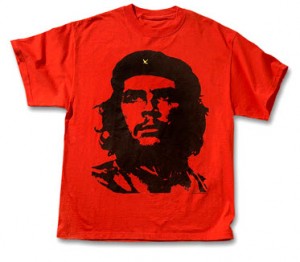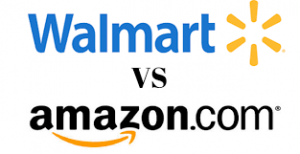Drinking and Driving

There were two interesting announcements today that point to trends in the marketing world and both originate in China. Tsingtao Beer profits and sales are way up, due to increased consumption of brew in China and Chinese car companies like Great Wall Motor and Cherry Automobile Co. are growing faster than expected — and not just because they are selling to a new, emerging class of Chinese with disposable income. It’s because other developing countries, such as those in Africa, are finding value in Chinese automobiles. A new car in Africa doesn’t have 10 airbags or new age catalytic converters (not that there’s anything wrong with them), so their prices are lower and they’re outselling US and European brands. China is growing, consuming and growing smart.



